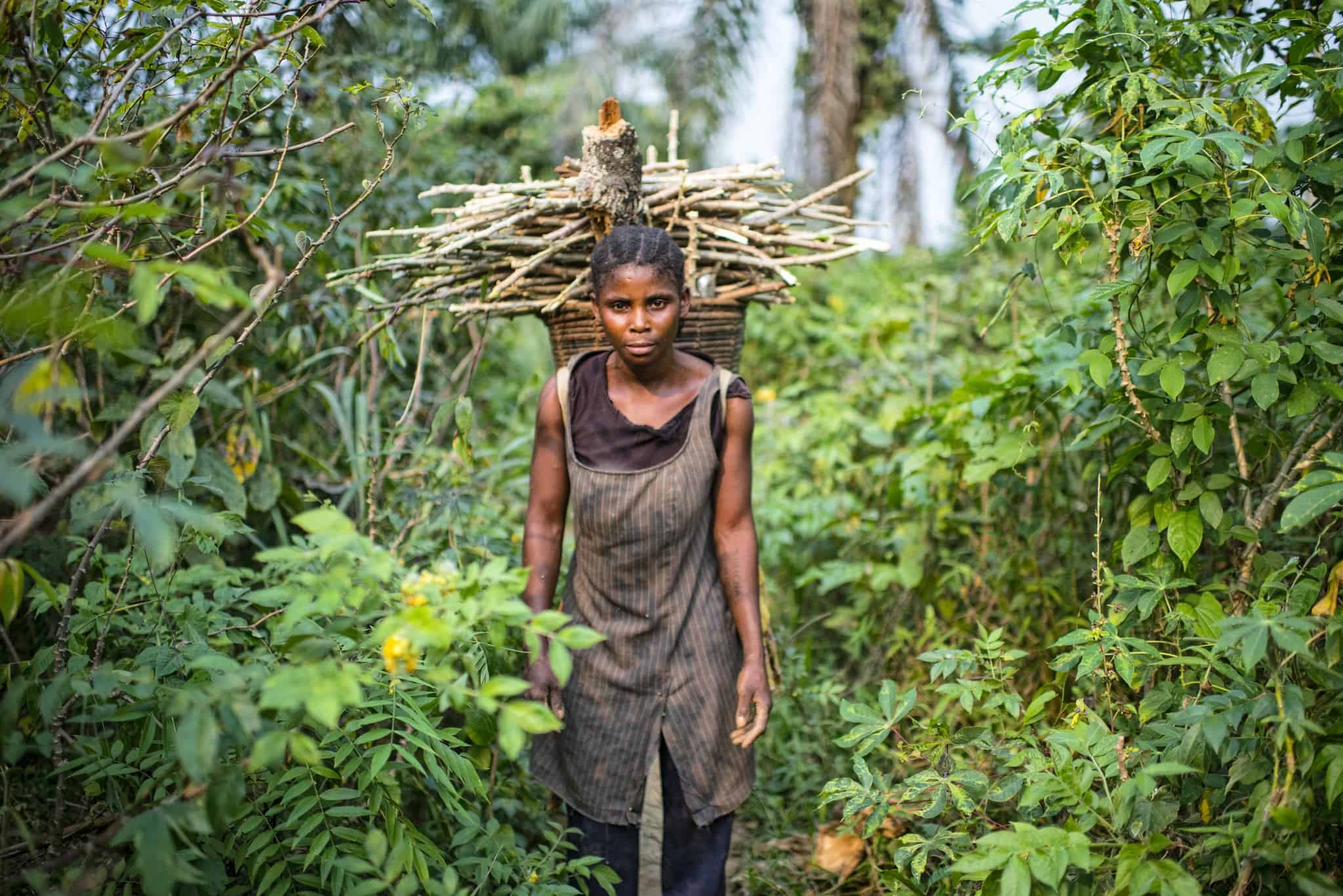Why gender matters in forest restoration
- From
-
Published on
02.12.19
- Impact Area

Effective forest and landscape restoration interventions need to take into account socio-political aspects and gender norms in order to ensure long-term impact and promote equitable sharing of benefits.
While international and national campaigns to restore degraded landscapes are gaining steam, a serious shortcoming persists at the heart of the restoration agenda: the lack of attention to the socio-political dimensions of ecological interventions, due to interpretations of sustainability that focus only on biophysical aspects. As a result, gender norms and power imbalances within communities and among restoration actors are commonly overlooked in restoration initiatives. When this happens, rather than generating new opportunities for local people, restoration initiatives can accentuate existing inequalities and create exclusions for vulnerable populations who most depend on the lands being restored.
For instance, an uneven playing field often excludes women from equitable participation in relevant decision-making processes around restoration projects and from receiving direct benefits. Yet, the complexities around gender at the local level are often managed as a secondary issue in restoration projects. Even if they influence the projects’ social and environmental outcomes, deeply rooted social norms and power relations are difficult to address and typically ignored in restoration initiatives.
Motivated by these challenges, during the 8th World Conference on Ecological Restoration held recently in Cape Town, scientists from Bioversity International, the International Food Policy Research Institute, and the International Water Management Institute organized a session that placed people and social equity squarely at the center of the restoration discourse.
The session on ‘Restoration for whom, by whom?’ was co-organized by the CGIAR Research Programs on Forests, Trees and Agroforestry (FTA), Policies, Institutions, and Markets (PIM), and Water, Land and Ecosystems (WLE), which are supported by CGIAR Trust Fund Donors.
Related news
-

From Dirt to Decision-Making: Governance and Soil Health Must Go Hand in Hand
Multifunctional Landscapes Science Program26.11.25-
Biodiversity
-
Environmental health
-
Environmental health & biodiversity
In October, the world convened in Des Moines for the 2025 Borlaug Dialogue under the…
Read more -
-

ICRISAT’s Solar-Powered Water Hyacinth Harvester Recognized Among India’s Top 100 Innovations of 2025
International Crops Research Institute for the Semi-Arid Tropics (ICRISAT)18.11.25-
Environmental health
-
Poverty reduction, livelihoods & jobs
ICRISAT's Novel Solar-Powered Water Hyacinth Harvester has now earned a place in the prestigious To…
Read more -
-

CGIAR Multifunctional Landscapes at COP30: Advancing Adaptation and Nature-Based Solutions
Multifunctional Landscapes Science Program10.11.25-
Adaptation
-
Biodiversity
-
Environmental health
-
Environmental health & biodiversity
-
Mitigation
COP30 in Belém, Brazil is being heralded as a pivotal “COP of adaptation” and a…
Read more -
